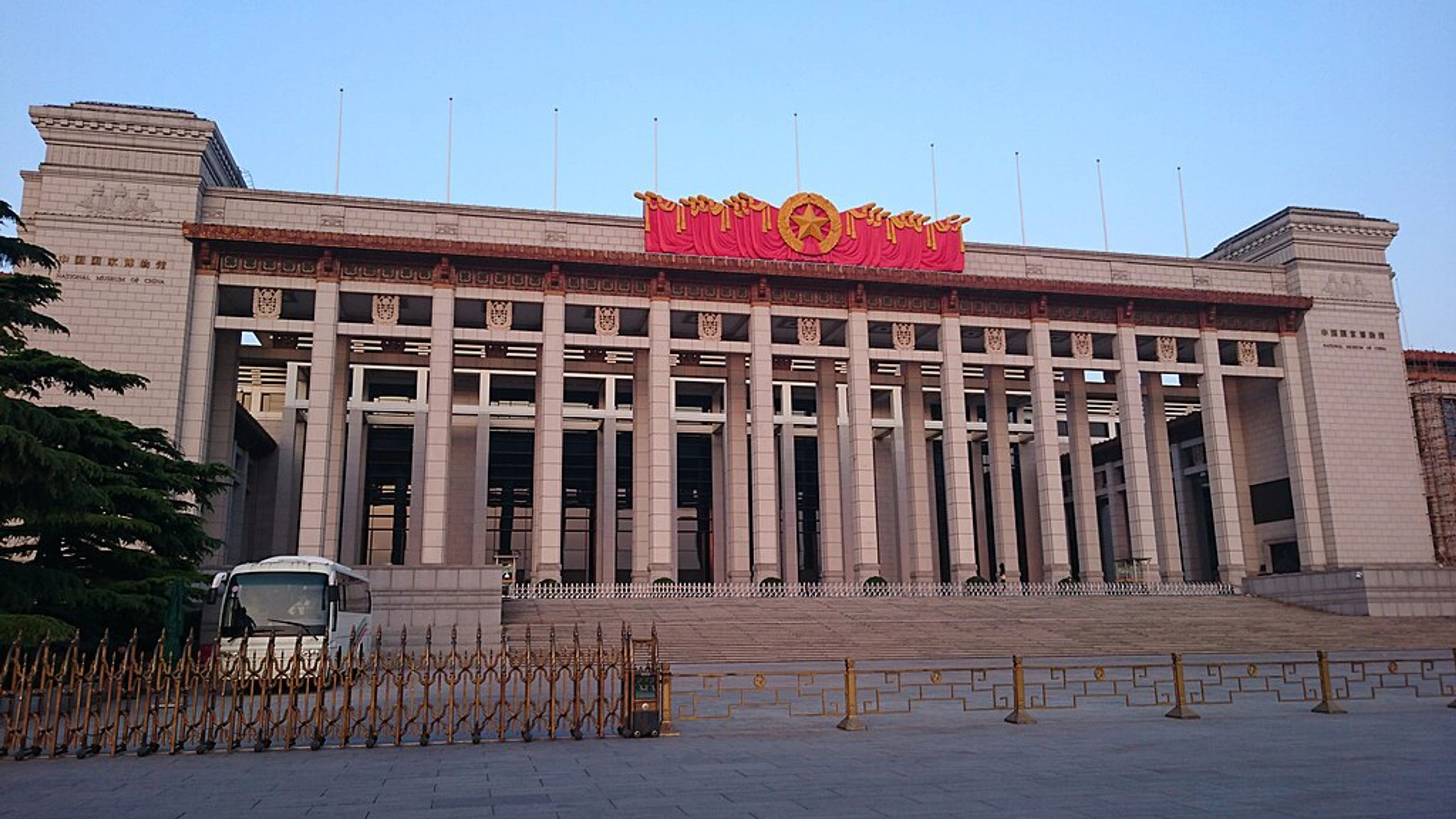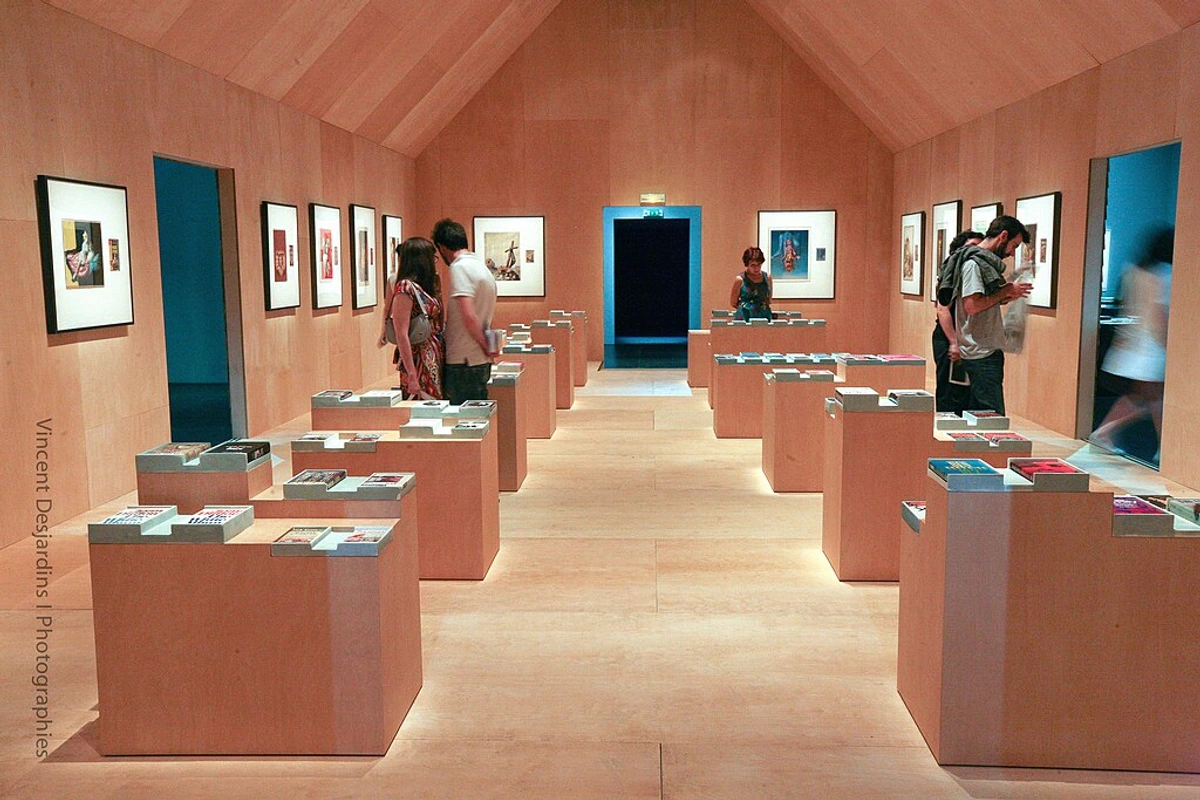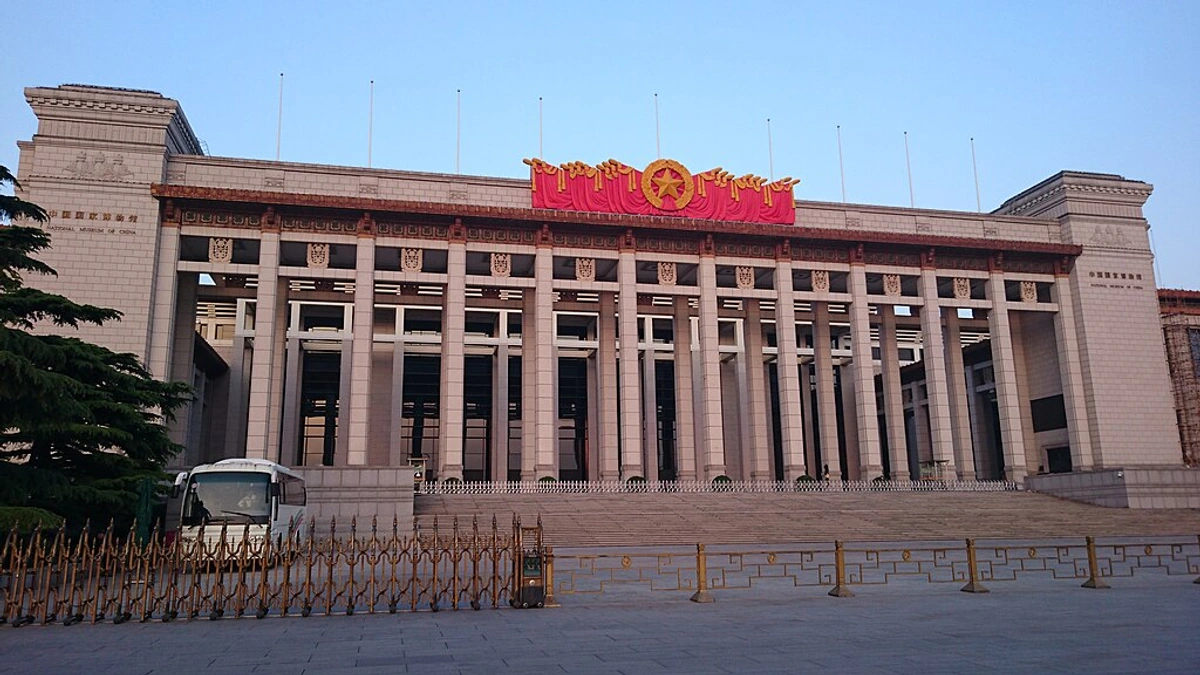
Contemporary Art in China: A Personal Look at a Dynamic Scene
Dive into the vibrant, complex world of contemporary art in China. Explore its history, key artists like Zeng Fanzhi, challenges, and global impact through a personal, engaging lens.
Contemporary Art in China: A Personal Journey Through Change and Expression
Okay, let's talk about contemporary art in China. It's a topic that, for me, feels like trying to grasp smoke – constantly shifting, incredibly dynamic, and sometimes, frankly, a little hard to pin down. But that's also what makes it so utterly fascinating, isn't it? It's not just about pretty pictures; it's about history, society, and the very human urge to express oneself amidst immense change.
I remember first hearing about Chinese contemporary artists years ago, probably through some slightly bewildered news report about astronomical auction prices. My initial thought was, "Wow, that's... a lot." But then I started looking deeper, and I realised there was so much more to it than just market hype. There was a raw energy, a grappling with identity and history that felt incredibly potent.
A Brief, Personal Dive into the History
Think about China's recent history – the Cultural Revolution, the opening up, the rapid economic growth. It's been a whirlwind, right? And art, being the sensitive barometer of society that it is, reacted dramatically. Before the late 1970s, art was largely about propaganda, serving the state. There wasn't much room for personal expression or questioning.
But then, things started to loosen up. Artists, often self-taught or working in unofficial groups, began experimenting. It was like a dam breaking. Suddenly, there was space – albeit sometimes precarious space – to explore ideas, feelings, and critiques that had been suppressed for decades. This period, often called the '85 New Wave, was messy, diverse, and incredibly exciting. It reminds me a bit of those moments in my own life when I've finally felt brave enough to say what I really think – a mix of exhilaration and sheer terror.
The Rise of the Avant-Garde
These early artists weren't just making art; they were forging a new path. They were influenced by Western modernism and abstract art, but they were filtering it through their uniquely Chinese experience. You saw performance art, installation, photography – forms that were completely new in the Chinese context. It was challenging, sometimes confrontational, and definitely not always easy to understand. (Which, let's be honest, is true for a lot of contemporary art anywhere, isn't it?)

https://commons.wikimedia.org/wiki/File:Exposition_Richard_Prince,American_Prayer-_sc%C3%A9nographie_20.jpg, https://creativecommons.org/licenses/by/2.0
Key Movements and Themes
As the scene matured, certain trends emerged. Two big ones were Political Pop and Cynical Realism. Political Pop took the visual language of propaganda – the bold colours, the heroic figures – and twisted it, often with a dose of irony or critique. It's like taking something serious from your childhood and turning it into a slightly sarcastic meme. Relatable, right?
Cynical Realism, on the other hand, often depicted everyday life and people with a sense of disillusionment or weariness. Think of those portraits with slightly vacant stares or forced smiles. It captured a feeling that resonated with many people navigating a rapidly changing society where old ideals were gone, but new ones hadn't quite landed yet. It speaks to that universal feeling of, "Okay, what now?"
Other themes popped up too: identity, urbanisation, consumerism, the clash between tradition and modernity. Artists were using everything from painting and sculpture to video and performance to explore these complex issues. It's a reminder that types of artwork are constantly evolving because the world is constantly evolving.
Prominent Voices
There are so many incredible artists who emerged from this scene. You've got names like Zhang Xiaogang, known for his haunting family portraits, or Yue Minjun, with his instantly recognisable laughing figures. And then there's Zeng Fanzhi, whose work, particularly his 'Mask' series, really struck a chord globally. His paintings often depict figures with masks, hinting at hidden emotions or the performance of self in public life. It's a theme I think we can all relate to sometimes, feeling like you're wearing a mask to face the world.
These artists didn't just gain fame in China; they became major players on the global art stage. Their work started appearing in major museums worldwide and fetching high prices at international auctions. It was a huge moment for Chinese art.
The Global Stage and the Market
The rise of Chinese contemporary art on the international market in the 2000s was phenomenal. Prices soared, and collectors around the world took notice. It was exciting, but also brought its own set of challenges – rapid commercialisation, pressure to produce for the market, and questions about authenticity and value. (If you're curious about the market side of things, I've rambled about understanding art prices and navigating the secondary art market before. It's a whole world in itself!)
While the market has had its ups and downs, the artistic energy remains. Chinese artists continue to exhibit globally and contribute to the broader conversation about contemporary art meaning.
Where to See It
If you want to experience this art firsthand, China itself is the place to go. Cities like Beijing and Shanghai have thriving gallery scenes. Beijing's 798 Art District, a former factory complex, is packed with galleries, studios, and shops – a must-visit if you're ever there. Shanghai also has a dynamic scene with major museums and commercial galleries. (Speaking of best art cities in Asia, Tokyo is another incredible place for contemporary art!)

https://commons.wikimedia.org/wiki/File:National_Museum_of_China,_Beijing.jpg, https://creativecommons.org/licenses/by-sa/4.0
Internationally, you'll find Chinese contemporary art in major museums and galleries worldwide, at international art fairs (visiting art fairs is an adventure!), and through online platforms (buying art online is easier than ever).
Challenges and the Future
It wouldn't be a complete picture without mentioning the challenges. Censorship remains a factor, influencing what kind of art can be shown publicly within China. Artists often have to navigate complex political waters. There are also ongoing discussions about the balance between artistic integrity and market demands.
Despite this, the scene is incredibly resilient and constantly evolving. Younger artists are exploring new mediums and themes, often engaging with digital culture, globalisation, and personal narratives in different ways than the previous generation. It makes you wonder what the next big wave will look like.
FAQ
Q: When did contemporary art start in China? A: While there were earlier stirrings, the scene really took off after the end of the Cultural Revolution in the late 1970s, particularly with the '85 New Wave movement.
Q: Who are some famous Chinese contemporary artists? A: Key figures include Zeng Fanzhi, Zhang Xiaogang, Yue Minjun, Ai Weiwei, and Fang Lijun, among many others.
Q: Is Chinese contemporary art censored? A: Yes, censorship is a significant factor, particularly for art that is politically sensitive or critical of the government. This influences public exhibitions and sometimes forces artists to work or exhibit abroad.
Q: Where can I buy Chinese contemporary art? A: You can find it at major international auction houses, galleries specialising in Asian or contemporary art, international art fairs, and online platforms. (If you're just starting out, maybe check out my guide on how to buy art for beginners!)
Conclusion
Contemporary art in China is a powerful reflection of a society in flux. It's a story of resilience, innovation, and the enduring power of artistic expression in the face of complex challenges. It's not always comfortable or easy to understand, but it's undeniably important and vibrant.
Exploring this scene has certainly made me think more about my own journey as an artist and how my environment shapes what I create. It's a reminder that art is never made in a vacuum. If you're curious about my own path, you can check out my timeline. Or, if you're feeling inspired to bring some contemporary energy into your own space, maybe take a peek at the art for sale on my site. Whatever you do, keep exploring and keep looking – there's a whole world of art out there waiting to be discovered.




